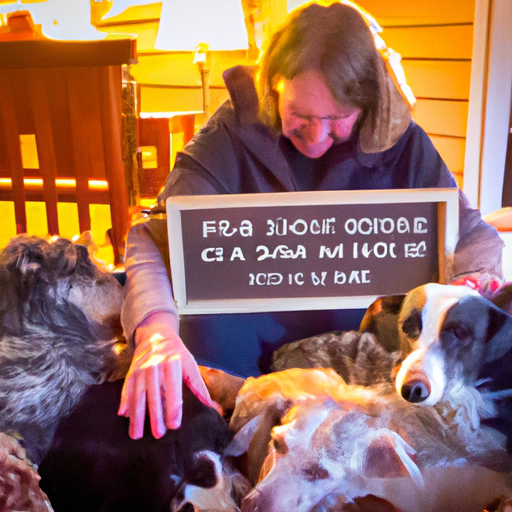For those with a deep love for animals, particularly dogs, becoming a foster parent can be one of the most rewarding experiences. Opening your home temporarily to a dog in need not only provides them with a safe and nurturing environment, but it also greatly increases their chances of finding a forever home. This comprehensive guide will provide you with all the information you need to know about becoming a foster for dogs.
Table of Contents
1. Understanding What it Means to Foster a Dog
2. The Benefits and Challenges of Dog Fostering
3. Steps to Become a Dog Foster Parent
4. Choosing the Right Breed for You
5. Helping Your Foster Dog Adjust
6. Frequently Asked Questions
Key Takeaways
* Fostering a dog involves providing a temporary home for a dog in need.
* It’s a rewarding experience, although it comes with its own set of challenges.
* You need to follow certain steps to become a dog foster parent.
* Choosing the right breed for your home and lifestyle is crucial.
* Helping your foster dog adjust to their new environment is part of the process.
Understanding What it Means to Foster a Dog
When you foster a dog, you are providing a temporary home for them. These dogs may be awaiting adoption, recovering from surgery, or need socialization. Fostering can last from a few days to several months, depending on the dog’s situation. It’s important to know that as a foster parent, you’re a vital part of the process of preparing these dogs for a happy, healthy life in their permanent home.
Fostering a dog is a significant commitment. It requires time, patience, and a lot of love. But the rewards, as any foster parent will tell you, are immeasurable. Before making this commitment, you should thoroughly understand the responsibilities involved. This excellent article from Petfinder offers a comprehensive overview of what fostering a dog entails.
The Benefits and Challenges of Dog Fostering
There are many benefits to fostering a dog. You’re saving a life by freeing up space in a shelter for another dog in need. You’re also helping to prepare a dog for a successful adoption by providing them with a loving, stable environment and teaching them basic obedience.
However, there can be challenges too. Some dogs may have behavioral issues or medical needs. It can also be emotionally challenging to say goodbye when your foster dog finds their forever home. But remember, you’re doing an amazing thing by giving these dogs a second chance at life.
You can find more about the benefits and challenges of dog fostering here.
Steps to Become a Dog Foster Parent
-
Do Your Research: Understand the responsibilities and challenges that come with fostering a dog. There are many online resources, like OneTopDog, that offer valuable information.
-
Find a Reputable Rescue or Shelter: Look for local animal shelters or rescue groups in need of foster homes.
-
Fill Out an Application: Most organizations will have an application process to ensure you’re a good match for their fostering program.
-
Attend a Foster Home Training Session: They will provide you with all the necessary information and tools to foster.
-
Prepare Your Home: Make sure your home is safe and ready for your foster dog.
Choosing the Right Breed for You
Choosing the right breed to foster is crucial. You need to consider factors such as the size of your home, your lifestyle, and the breed’s temperament. For example, some breeds are more active and require more exercise, while others are more laid-back. Some breeds may be better with kids, while others may prefer a home without other pets. You can find more about different dog breeds here.
Helping Your Foster Dog Adjust
Bringing a new dog into your home can be a big change for both you and the dog. It’s important to give them time to adjust to their new surroundings. Keep a consistent routine for feeding and walks, and provide a safe, comfortable space for them to rest.
Also, remember that socialization and training are important parts of helping your foster dog become adoption-ready. Here are some useful dog training tips.
Frequently Asked Questions
Q: How long does a dog stay in a foster home?
A: It depends on the dog and the situation. It could range from a few days to several months.
Q: Who pays for the dog’s food and medical expenses?
A: Most rescue groups and shelters will cover these costs.
Q: Can I choose the dog I want to foster?
A: Often, yes. You’ll work with the rescue or shelter to choose a dog that’s a good fit for your home and lifestyle.
Q: What if I fall in love with my foster dog and want to adopt them?
A: That’s known as a “foster fail,” and it’s a great thing! Most organizations would be thrilled you want to give your foster dog a forever home.
Becoming a foster parent for dogs is a journey filled with challenges and rewards. It requires time, commitment, and a lot of love, but the joy of knowing you’ve made a difference in a dog’s life makes it all worth it.



